

Children's Behavioral Changes from Elementary to Junior High: Insights from Hakuhodo Education Foundation's Research
Understanding the Shift in Children's Behavior
The Hakuhodo Education Foundation's Children's Research Institute conducted a survey called "Kodomo Teiten 2024," which analyzed the behaviors and preferences of 2,400 students from the fourth grade to the third year of junior high school. This survey aims to track the long-term changes in children, allowing us to view them as proactive individuals who grow through their experiences.
The study highlights several key findings about children's evolving interests and values as they transition through different education levels. It indicates that the general trends observed in the previous survey remain consistent, with a few notable shifts in behavior and preferences.
Key Findings from the Survey
1. Decline in Outdoor Play: The survey found that the number of children who spend time playing with friends drops significantly from the fourth grade to the third year of junior high, indicating a reduced interest in outdoor activities. For instance, the percentage of students who frequently play with friends decreased from 53.8% in fourth grade to 28.3% in junior high.
2. Rise in Digital Engagement: Among the children surveyed, the use of messaging applications and social media has surged, with more than half of the junior high students utilizing these platforms. Specifically, 58.3% engage with messaging apps while 51.8% interact with social media.
3. Decreased Interest in Family Activities: The desire to engage in activities with family members has decreased by over 20 points as children progress through grades. This suggests a shift toward independence as they age.
4. Evolving Parental Influence: Interestingly, the influence of fathers on their children's opinions peaks in the fourth grade and gradually diminishes, while a significant majority of children still value their mothers' opinions, with 83.5% of junior high students acknowledging their mothers as reliable sources of advice.
5. Changing Values: The importance children place on academic success and physical appearance increases as they transition into junior high, with scores for these attributes rising by over 10 points.
6. Self-perception Shift: The survey indicates a decline in positive self-descriptions, such as describing themselves as "bright" or "outgoing," while the label "reserved" became more common among students, reflecting a shift towards a more introspective self-image.
7. Confidence and Independence: While the belief in one’s own abilities diminishes through these grades, the score indicating that they make their own decisions has risen, further highlighting an important transition in autonomy and self-determination.
Analysis of Changes
These findings reveal crucial insights into the development of children during a pivotal education period that coincides with puberty. As children navigate the complexities of growing up, they exhibit changes in their social interactions and self-perceptions that reflect broader societal shifts influenced by technology and cultural expectations.
For example, the decline in outdoor play may correlate with the rising allure of digital entertainment. Conversely, the increase in digital interaction may provide new ways for children to connect, albeit at the expense of physical interactions with peers. It is concerning that children's valuation of familial relationships seems to wane as they navigate adolescence, suggesting a potential disconnect or growing independence.
Ultimately, the JWT survey, through its longitudinal approach, contributes to the understanding of how these various elements—peer relationships, familial influence, and self-identity—interact and evolve during critical developmental stages in youth. As we continue to study these trends, we may find ways to nurture healthier relationships among children, technology, and their families, leading to more balanced growth.
About the Hakuhodo Education Foundation's Children's Research Institute
The Hakuhodo Education Foundation, established in 1970, focuses on enriching children's language education and supporting visually and hearing-impaired learners. The Children’s Research Institute, founded in 2017, is a part of this mission and aims to discover and share insights into children's development through independent research and public engagement. The results of the study are publicly available on their website.




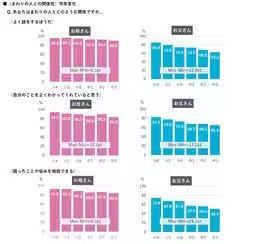


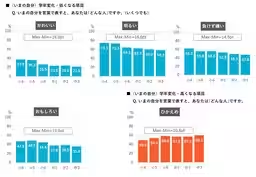

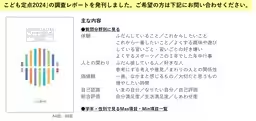

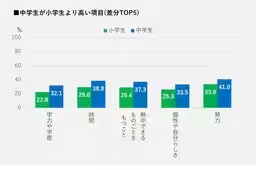
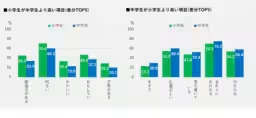

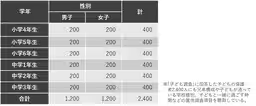
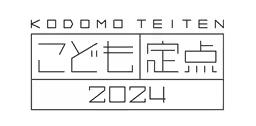
Topics People & Culture)










【About Using Articles】
You can freely use the title and article content by linking to the page where the article is posted.
※ Images cannot be used.
【About Links】
Links are free to use.